The tunnels of Cu Chi are an immense network of connecting tunnels located in the Cu Chi district, northwest of Ho Chi Minh city. It takes around 2 hour drive from the city centre.
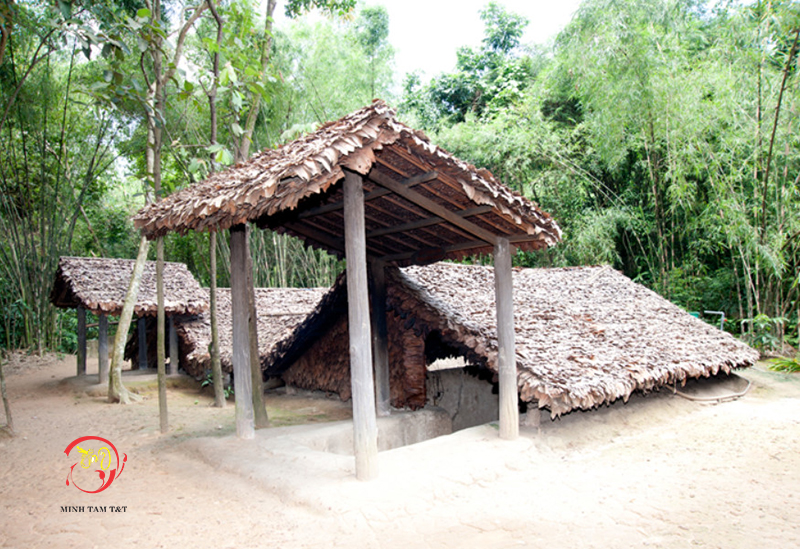
In the late 1940s, as a military effort during the war for independence from the French colonial regime, the Vietnamese resistance forces began to dig a system of underground tunnels. Due to the lack of equipment, human hands were often the main tool to dig through kilometers of underground soil.
Needless to say, progress was rather sluggish, but it was also consistent. In the early 1960s, in light of the increasing military involvement of the US, the resistance forces further expanded the tunnels to prepare for the oncoming Vietnam War. In fact, the tunnels were extended to as long as 250 kilometers, stretching from the outlying areas of Saigon to close to the borders of Cambodia.
The disguise of the tunnel warfare is so sophisticated that it cannot be found out that under it was a whole complicated system.
The tunnels were a key component in the North Vietnamese and Viet Cong’s guerilla tactics against their high-tech and well-armed enemies. Specifically, the tunnels provided shelter against aerial bombings – a strategy employed heavily by the US. Underground, soldiers and civilian forces could rest, cook, receive medical care, discuss strategies, or even enjoy some improvised music performances to ease the burden of war.
The disguise is proof of the intelligence of Vietnamese Soldier
Given the importance of the Cu Chi tunnels, the US had launched several campaigns to undermine this extensive underground system. Specially trained soldiers dubbed ‘tunnel rats’ were dispatched to scout the tunnels indicating key areas and traps laid by the resistance forces.
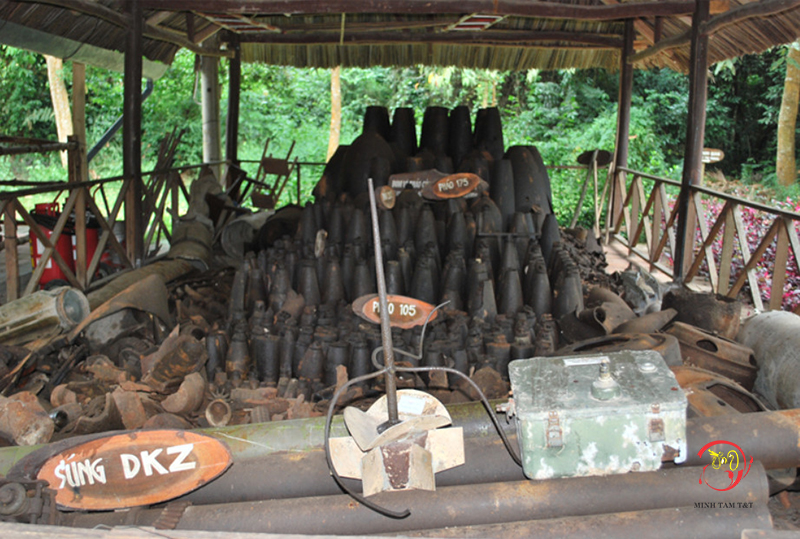
In a 1966 effort called ‘Operation Crimp’, several B-52 bombers were called in to hammer the tunnel area with powerful explosives. This proved vastly unsuccessful and failed to achieve its goal of sweeping the Vietnamese forces out of the Cu Chi jungle, as most of them had already retreated into the deep and nearly unnavigable tunnels. Another approach in this campaign was to seal off tunnel entrances by throwing grenades or pumping poisonous gases into them. Once again, this was to little effect, as the tunnels’ designs and air filtration prevented these attacks from leaving much impact. A similar campaign called ‘Operation Cedar Falls’ one year later at a bigger scale, but only was was not able to fully extinguish the resistance forces hiding deep down below.
Overall, in its years of active use, the Cu Chi tunnels were a massive strategic advantage for Vietnamese forces, allowing them to control the battle and giving them a place to retreat to. Nowadays, while parts of the tunnel have caved in, the remnants have been reinforced and turned into an attractive tourist destination.
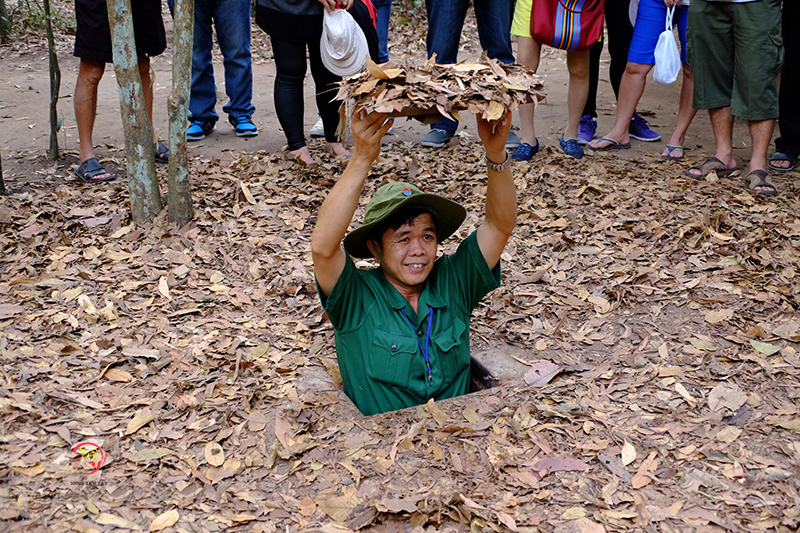
A shooting range is set up for visitors to test their marksman skills. You can choose to fire a range of weapons such as the AK47 and M16 rifles or the M60 and M30 machine guns, each with its own cost per round ranging from 20.000 to 40.000vnd (0.8 – 1.8 USD).
The staff there does offer you proper guidance and safety measures to get the most out of your experience, but only people 16 and above who are in good health conditions are allowed to take this activity.
To get the best experience of tunneling adventure, we have a few tips to help you out:
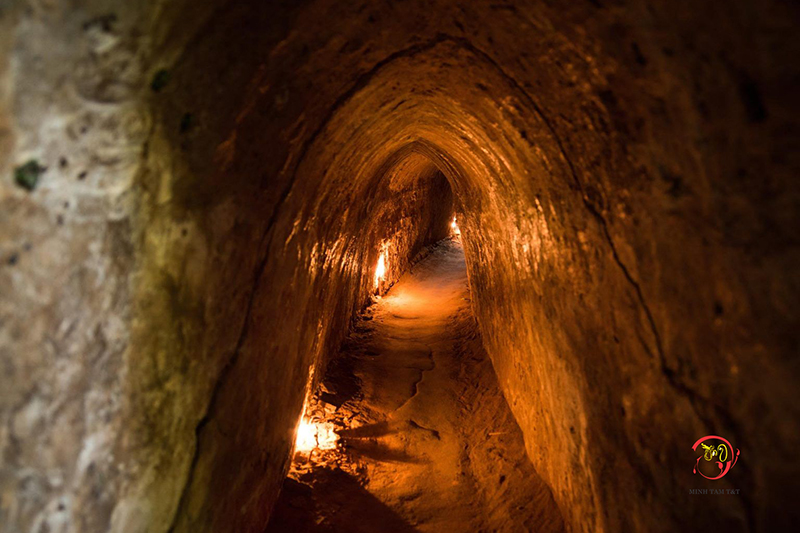
Put on comfortable clothing and footwear so you can move easily. While rooms are quite reasonably sized, the stretches of tunnels connecting them are cramped even by Vietnamese standards. If you are anywhere taller than 150 centimeters, do expect to lower your head or even crawl through some sections. You may be prepared to get dirty.
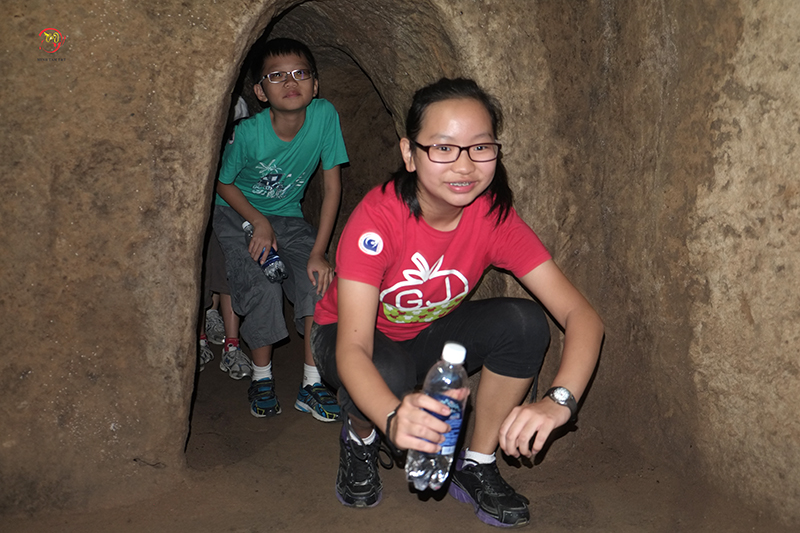
Carry a flashlight. The majority of tunnels are lit very dimly to stay faithful to how they were during the war.
As you make your way through the tunnels, you are likely to encounter functional rooms such as medical procedures, meetings, cooking or even entertainment activities have taken place. There are quite a few mannequin reconstructions set in these rooms to give context, so do look around to see if you happen to be in a kitchen, office or surgery room.
You can use bug repellents if you want.
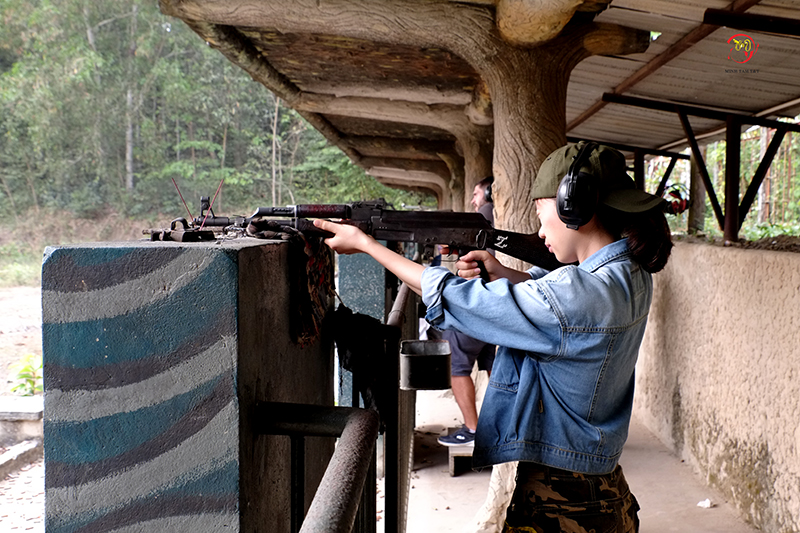
The Cu Chi tunnels are not for the claustrophobic and nyctophobic. If you find yourself prone to extreme reactions in small and dark places, you can choose to visit a few larger rooms that are closer to the surface or look through the war exhibits on display at tunnel site.
